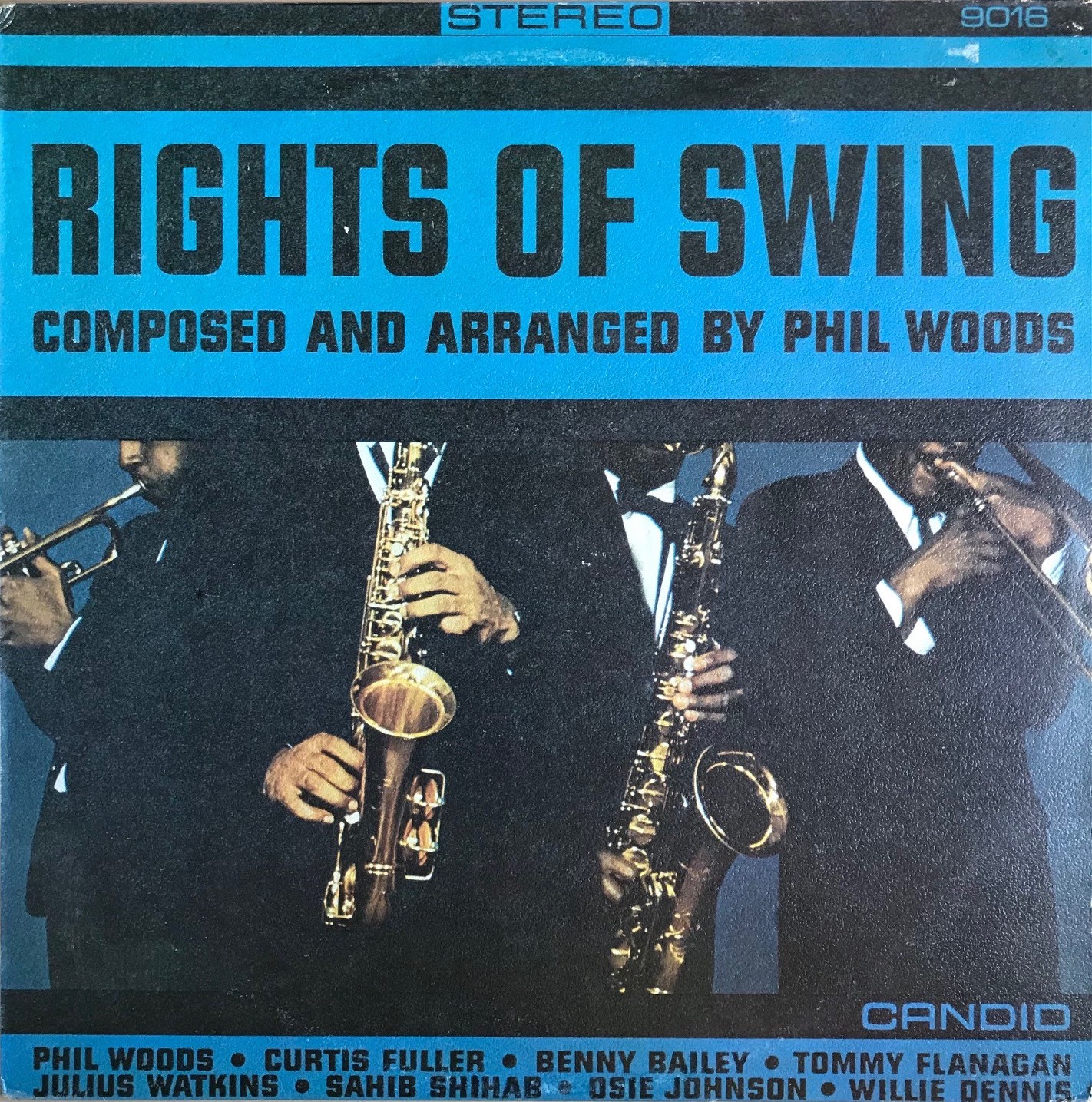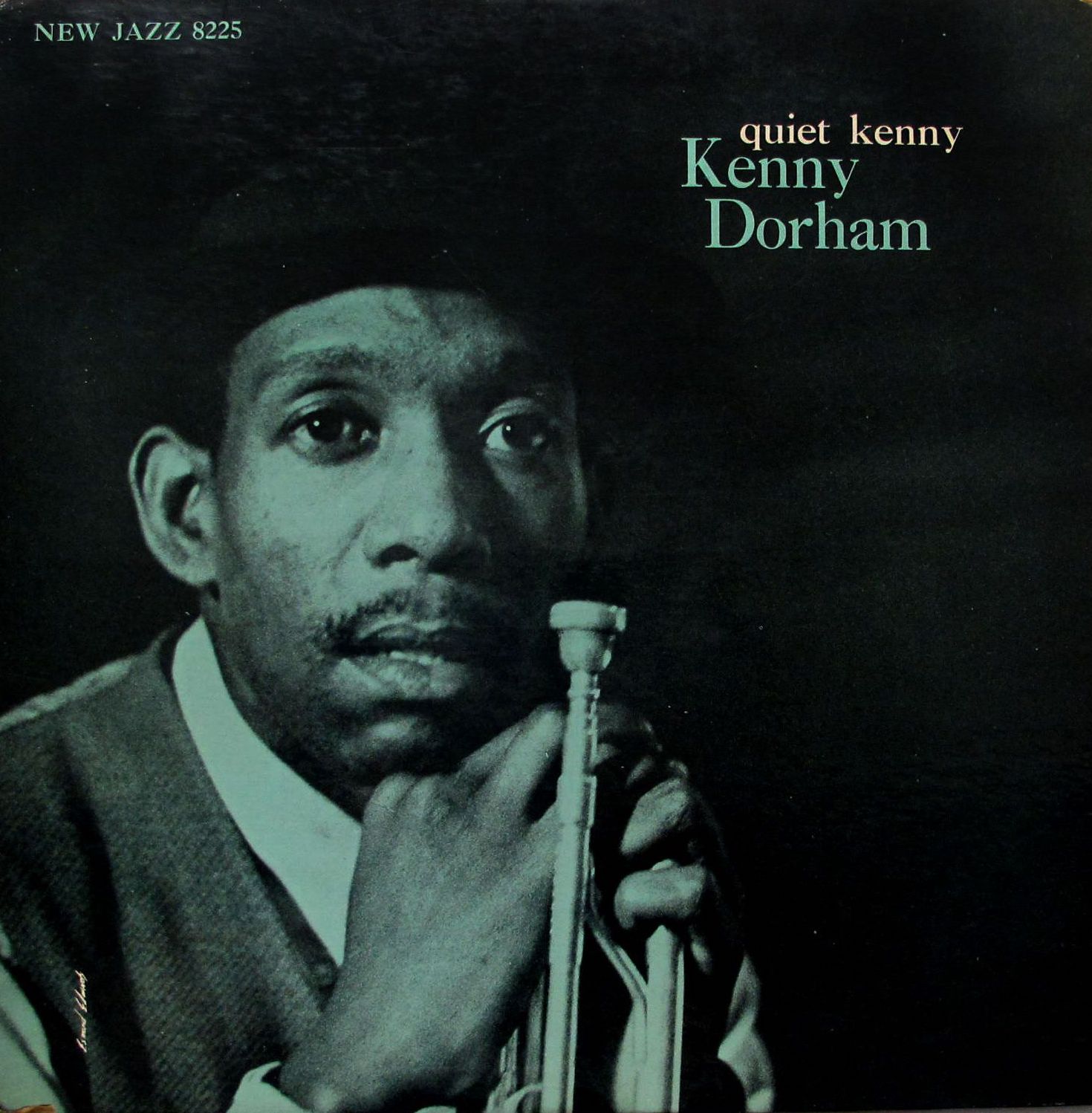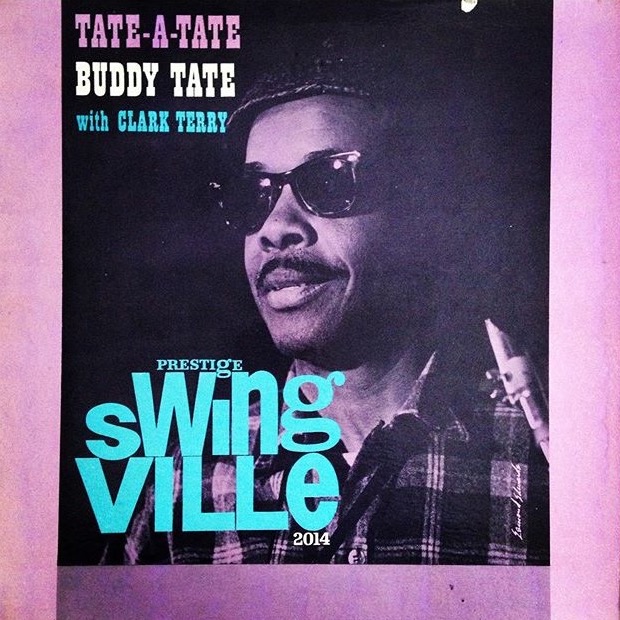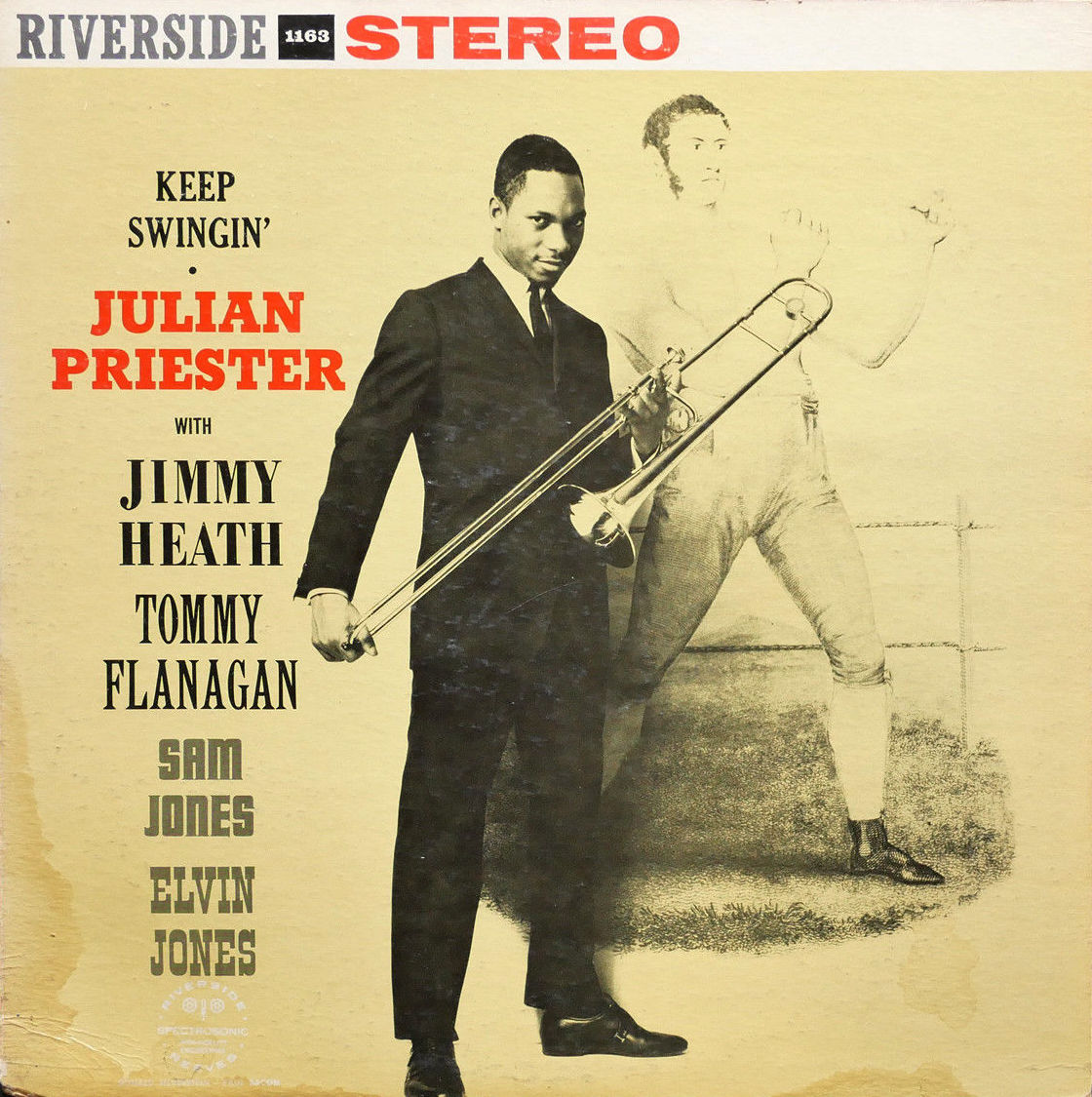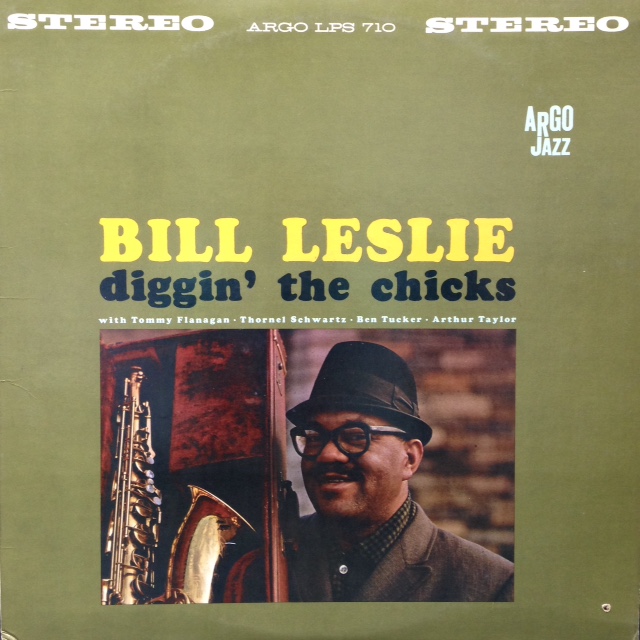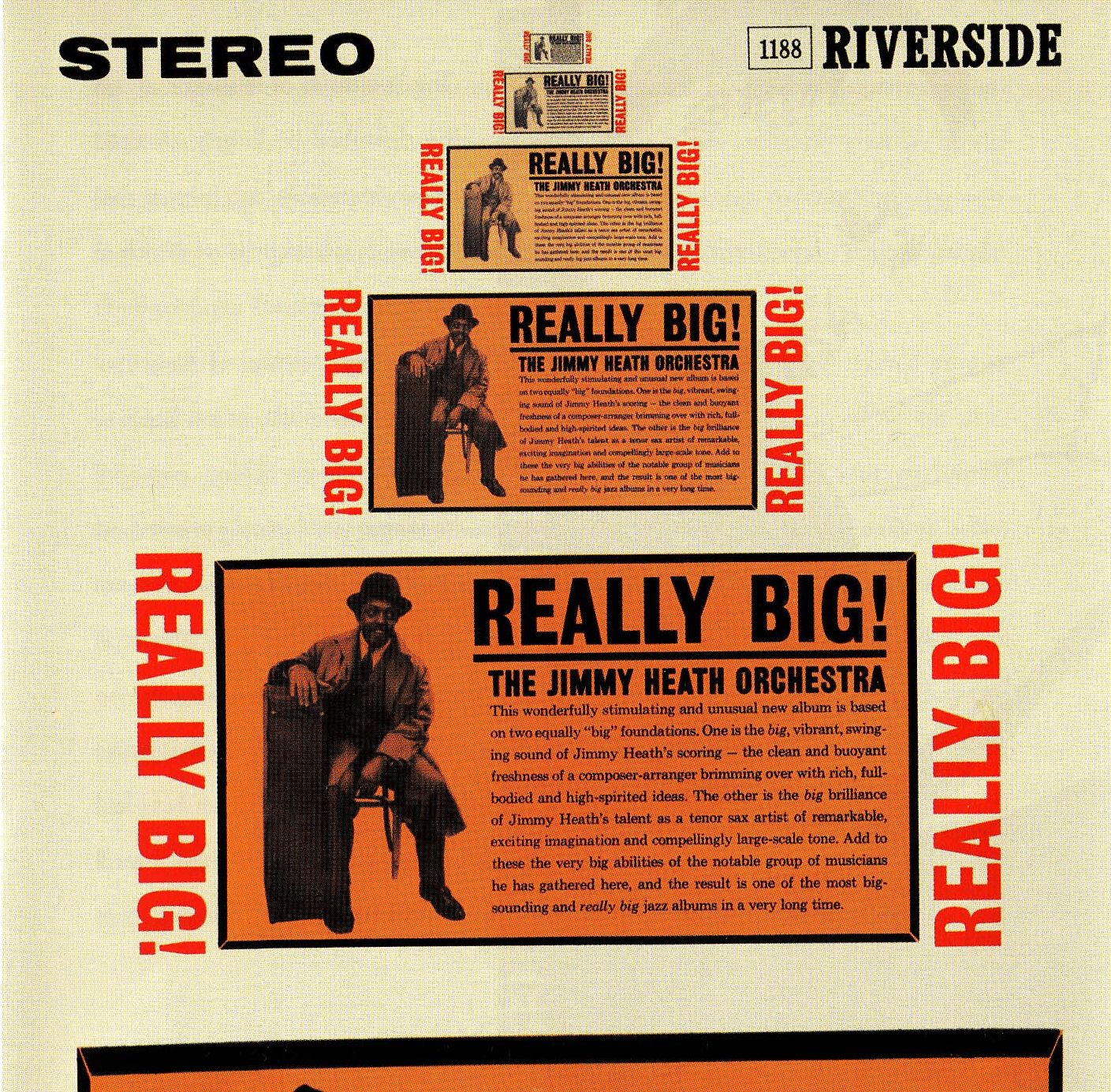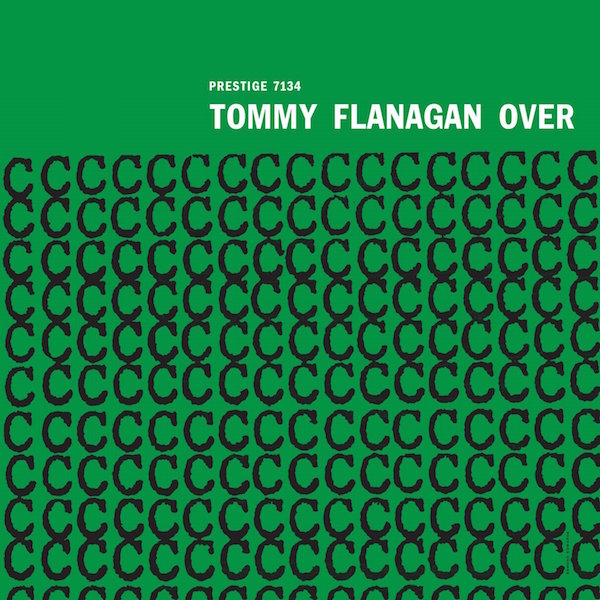Admirable adherence to a major Amendment of the Jazz Constitution ends the first part of bop alto maestro Phil Woods’s career on an adventurous note.
Personnel
Phil Woods (alto saxophone), Benny Bailey (trumpet), Sahib Shihab (baritone saxophone), Curtis Fuller (trombone A1-3, B1), Willie Dennis (trombone B2), Julius Watkins (French horn), Tommy Flanagan (piano), Buddy Catlett (bass), Osie Johnson (drums A1-3, B1), Mickey Roker (drums B2)
Recorded
on January 26 & February 10, 1961 at Nola Penthouse Studios, NY
Released
as Candid 9016 in 1961
Track listing
Side A:
Prelude And Part I
Part II (Ballad)
Part III (Waltz)
Side B:
Part IV (Scherzo)
Part V (Presto)
Phil Woods, baby. Yeah. Major voice on the alto saxophone. Woods started out as one of many disciples of Charlie Parker. Like the finest of ‘m such as Jackie McLean and Cannonball Adderley, he shook off imitation and developed his own sound and style. His conception was fierce, charged, but melodic and tasteful at the same time. He married Chan Parker, former common-law wife of Charlie Parker, and became stepfather to her daughter Kim. Wonderful twist of fate.
He wasn’t one to burn out or fade away. Withstanding trends and fashions, Woods remained true to the source while carefully building on the tradition, stretching it to the limits of his exceptional skills. One such stretching is Musique de Bois, mid-career masterpiece with Jaki Byard, Richard Davis and Alan Dawson from 1974. The furthest that Woods traveled out there was with his avant-leaning collective of Phil Woods & The European Rhythm Machine, when he lived in Europe for four years, not to mention its Asian counterpart Phil Woods & The Japanese Rhythm Machine in the mid-seventies. Woods was consistently excellent throughout his career, a poll-and prizewinning jazz artist with an enormous output, check out the discography on his website here.
In 1961, Candid released Woods’s most ambitious album to date after his string of bop-oriented releases on Prestige from the mid to late 1950s. Candid was the brainchild of bandleader Archie Bleyer, founder of Cadence Records. Bleyer recruited jazz writer Nat Hentoff as A&R executive. Charles Mingus was its big-name draw. The idea of Hentoff was to give well-known artists opportunities to release stuff that wouldn’t necessarily be welcomed by other labels and limelight artists who deserved to be better-known. This year, a slew of albums from the Candid catalogue has been reissued, including Max Roach’s We Insist!, while other records are slated for release in the future.
One of the latest installments of the reissue program is Rights Of Swing. At the time, Woods was part of the big band of Quincy Jones. In total, he would be featured on eight Quincy Jones albums from 1959 to ’65. (Woods scarcely recorded as a leader in the 1960’s, took all the work that he could get as sideman in various bands and commercial projects) In 1961, the Quincy Jones band was back from Europe and its ill-fated tour as backing of the musical show Free And Easy. The show, based on the music of Harold Arlen, was a financial fiasco and the band had to hustle its way through the continent. A disastrous affair, which Jones blamed on the Algerian crisis in 1960. It was noted by several band members that Jones left out the fact that he had invested a considerable amount of money in the Free And Easy show, greenbacks that disappeared in thin air. In his autobiography, Jones admitted that his efforts to keep the band together left him in a serious state of depression.
It seems that Jones and Woods remained on good terms though. Jones has a lot of good things to say about Woods in the liner notes of Rights Of Swing, functioned as musical adviser and conducted the ensemble, which also included other Free And Easy-cats such as trumpeter Benny Bailey, baritone saxophonist and flautist Sahib Shihab, French horn player Julius Watkins and bassist Buddy Catlett. The thing with liner notes is that, how valuable they may be, once you’ve read them it is hard to get them out of your system and enjoy an open-minded listening experience. That’s why there will always be people spreading the opinion that liner notes are superfluous. Understandable, but, for what it’s worth, I am not one of them. Liner notes have always been part of the serious fun of record collecting. Expertise and information can’t hurt. Back in the day, as old-timers regularly explain, it was all the information you could get. As far as liner notes go, digest them like eggs and sausage but keep using your own ears is my advice.
At any rate, it is explained on the back cover of Rights Of Swing that Woods loves Stravinksy (and the Rite Of Spring, of course, which accounts for the witty title; note that Stravinsky’s title for his ballet work is singular, not plural) and there’s a lot of fanfare about chords and chord progressions, which made me think about the scholarly notes of some MJQ albums by Gunther Schuller. With all due respect, reading those notes was like being struck by nausea from recurring, unsolicited visits of an obnoxious neighbor.
As Woods explains: “I tried for a sense of movement uniting the whole framework although each section was meant to be self-sufficient.”
Woods wasn’t going to stay in the blowing session bag. Brave attempt. It was 1961, okay, new developments across the USA, Coleman had worked his way up from the Left Coast, Coltrane blasted through the stratosphere on the Right Coast. You had guys like Teddy Charles, Bob Brookmeyer and Jimmy Giuffre doing all sorts of interesting things. Just to name a few. Add Phil Woods to the list, whose brave attempt at new jazz is not a masterpiece but an intriguing piece of music, no doubt about it. No love at first sight. No butterflies in your belly. It’s like someone that you had doubts about but turned into a good friend. Regular get-togethers, good talks, bottles of wine.
Continuous ebb and flow, rides with a surfboard on solid gulfs, refreshing cold showers on a hot day, these are the sensations of Rights Of Swing. Woods provides surprising twists and turns, crafty compositions and his preludes, prestos, scherzos segue into one another like honey into a cup of tea.
The up-tempo Part I (Prelude) and Part IV (Presto) are uplifting pieces, the latter sparkling with a classy entrance of Tommy Flanagan after the tune’s various shifts in key, rhythm and colors, which oozes natural swing and says: here I am. That’s the way to do it, on top from note one. Benny Bailey – Candid had released his top-notch Big Brass album a couple of months before Rights Of Swing, featuring Woods, Flanagan, Watkins and Catlett, among others – is a fine trumpeter. He succinctly leads the melody of Part II (Ballad) and is an excellent and jubilant contributor to the album’s most conservative tune Part IV (Scherzo). It seems to be the case though, with so many soloists fighting for a spot in Woods’s scored program, that most participants lack the time to develop continuously spontaneous ideas. That’s the downside to Woods’s anti-blowing session program.
Woods had created an enticing mélange of voicing, making the most of the off-beat combination of alto, trumpet, baritone, trombone (Curtis Fuller) and French horn. Julius Watkins is something else. Making the most of a cumbersome jazz instrument, he’s the velvet and satin touch among his section mates and, when he takes solos, it sounds so sweet and natural, it’s like watching a baby sucking the breast. Mother’s milk and all that jazz. Nice contrast to Woods, who takes the longest solos and is on top of his game and scares off the fire brigade. For all his zest though, he lets his flowing lines breathe, often tagging them with a moan and a cry.
He would moan and cry beautifully to the end of his life in 2015 at the venerable age of 83.
